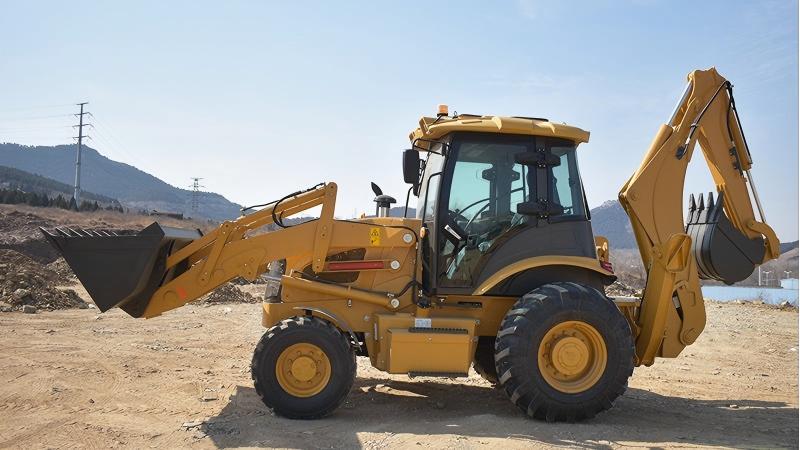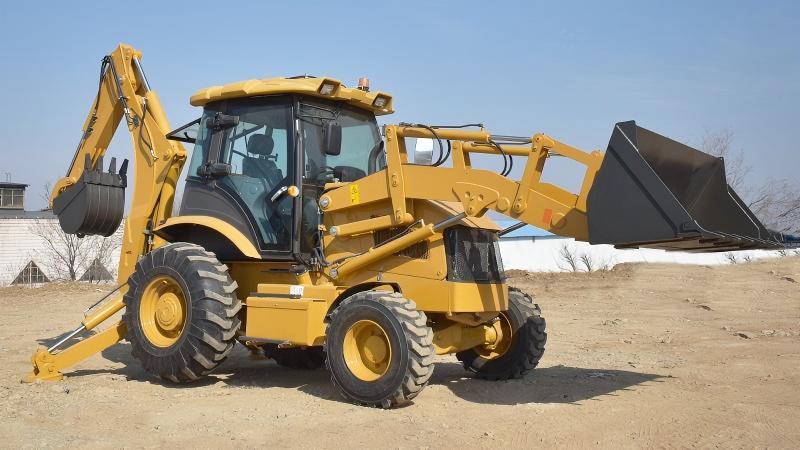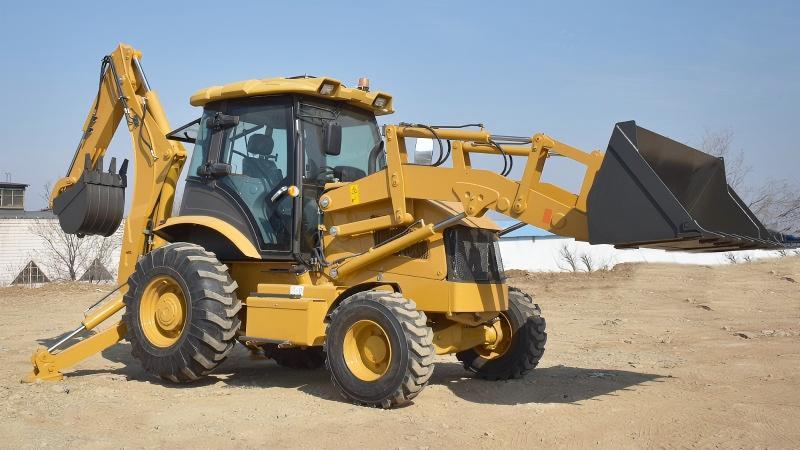What is a Backhoe Be Used For?
1. Introduction
A backhoe loader is one of the most versatile and commonly used pieces of construction equipment worldwide. Combining the capabilities of a tractor, a front loader, and a backhoe, this powerful machine can perform a variety of tasks across multiple industries. Its ability to dig, lift, carry, and load materials makes it indispensable for construction sites, agricultural fields, and even urban environments. This article explores the many uses of backhoe loaders, the industries that rely on them, and the benefits they offer.
2. Understanding the Design and Functionality
A backhoe loader features three main components:
The tractor: Provides mobility and power.
The front loader bucket: Used for loading and material handling.
The backhoe arm: Designed for digging and excavation.
The dual-functionality allows operators to perform both loading and digging tasks without switching machines. This versatility reduces operational costs and increases efficiency, making the backhoe loader a favorite in tight urban spaces and expansive rural areas alike.
3. Primary Uses of the Front Loader
The front loader is designed for:
Material Handling: Moving loose materials such as soil, sand, gravel, or snow.
Landscaping: Leveling land, backfilling, and clearing debris.
Snow Removal: In colder regions, the loader can clear snow from roads or properties.
Loading Trucks: Efficiently transferring materials into dump trucks.
Its lifting power and large bucket capacity make it essential for construction and maintenance tasks.
4. Primary Uses of the Backhoe Arm
The backhoe arm is the digging component:
Digging Trenches: Essential for installing pipelines, cables, and drainage systems.
Excavation: Small-scale demolition, foundation digging, and site preparation.
Breaking Asphalt: Using a hydraulic hammer attachment, it can break concrete or asphalt.
Landscaping Tasks: Tree planting, stump removal, and soil aeration.
5. Specialized Attachments and Expanded Functions
Backhoe loaders can be equipped with various attachments:
Hydraulic Hammers: For breaking concrete and rocks.
Augers: For drilling holes for fence posts or utility poles.
Thumbs and Grapples: For handling irregular materials like logs or scrap.
Compactors: For soil compression.
This adaptability extends the backhoe’s usefulness far beyond digging.
6. Industry-Specific Applications
Construction: Foundation digging, trenching for utilities, site clearing, and road repair.
Agriculture: Digging irrigation channels, moving hay or manure, building farm infrastructure.
Municipal Services: Installing and maintaining utilities, street cleaning, and snow removal.
Landscaping: Grading land, installing ponds or pools, and tree planting.
7. Urban vs. Rural Use Cases
In urban settings, backhoe loaders are favored for their compact size and ability to maneuver in confined spaces, making them ideal for road repair and small-scale construction.
In rural areas, they handle agricultural work, fence installation, and farm maintenance.
8. Benefits of Using a Backhoe Loader
Cost-Efficient: One machine does the job of multiple machines.
Time-Saving: Quick switching between loader and backhoe.
Versatile: Usable in various industries and tasks.
Accessible: Easier to transport than larger equipment.
9. Limitations and Considerations
Limited Digging Depth: Not suitable for very deep excavations.
Fuel and Maintenance Costs: Requires regular upkeep.
Terrain Constraints: Struggles on extremely soft or rocky terrain.
Operator Training: Skilled operation needed for efficiency and safety.
10. Conclusion
Backhoe loaders are truly multifunctional machines that combine the roles of several types of equipment into one compact and efficient package. Whether used in construction, agriculture, municipal work, or landscaping, their value lies in their versatility, mobility, and cost-effectiveness. By understanding the various uses and limitations of a backhoe loader, businesses and individuals can make informed decisions about their equipment needs.
Post time:Jul.07.2025



